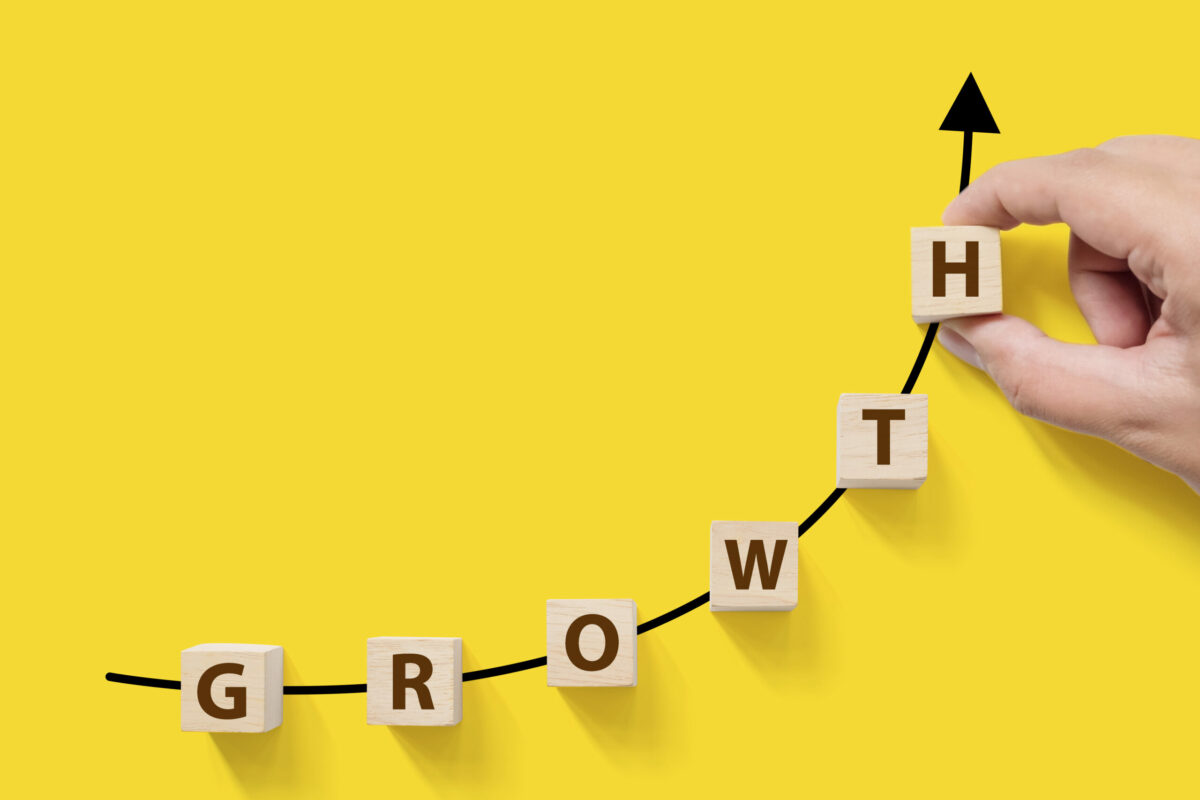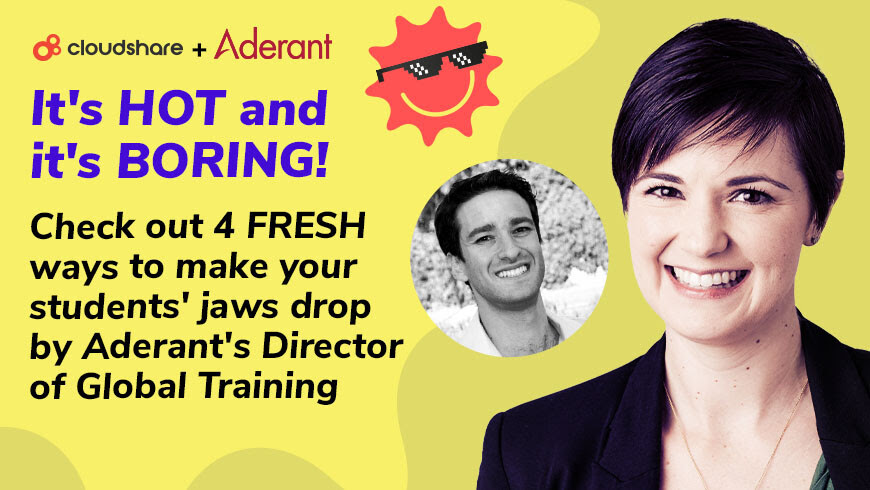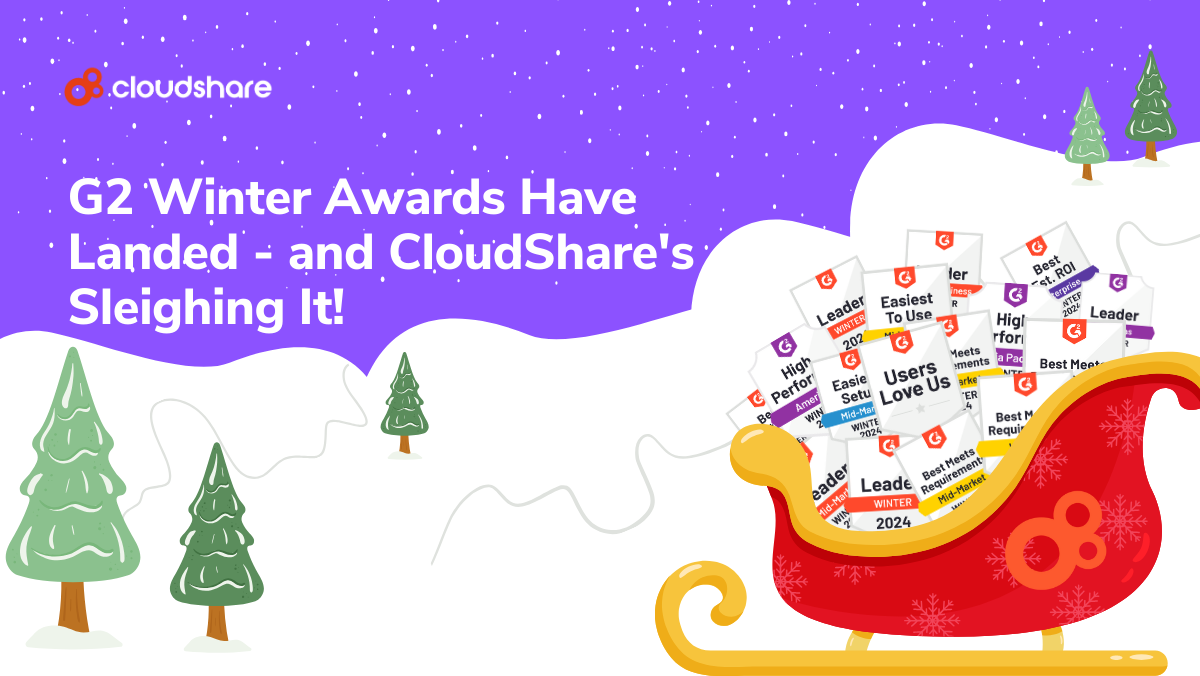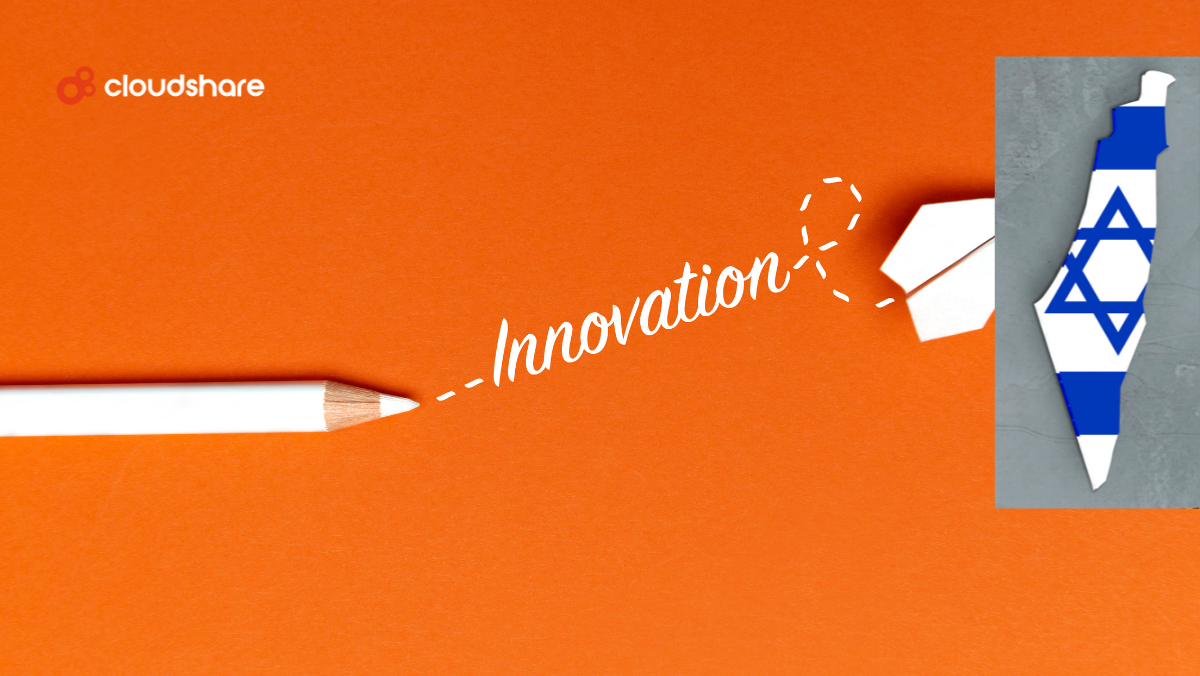
Test drives at car dealerships. Free sample kiosks in supermarkets and grocery stores. ‘Try me’ buttons on games and dolls stacked up in toy stores. What do they all have in common? They are all examples of a product-led growth strategy.
The method is simple – the product itself is the primary driver of customer acquisition, conversion, expansion and upsell. Let the product do the talking, and you’ll have leads who are already bought into your product before they ever speak to their first Sales rep. Sounds great! But when your product is a complex software platform – how can you make it work?
Is a Product-led Growth Strategy All or Nothing?
If you’ve ever tried a freemium version of a software tool or a free trial, and then upgraded to the paid subscription – then you’re a success story of product-led growth. Just like most people wouldn’t buy a sofa based on the assurances of the sales guy that it’s great to fall asleep on while watching Netflix, most businesses want to give software a try before they sign up for an annual package.
Unfortunately, not all software tools are built to offer a free trial or a freemium version of their technology. You may be touting a technical platform that involves a complex and lengthy custom set-up for each customer, or a lot of training before the user feels confident to go it alone. In that case, is the product-led manifesto going straight in the garbage?
Absolutely not.
The product-led funnel is not just about free trials and freemium software. It’s about incorporating elements of the product-led growth strategy at different stages of the customer journey. It’s about looking for ways to put products first in everything you do to engage, convert and retain customers. That could be anything from creating a product-led demo experience to incorporating product-led training during onboarding. It’s about considering three core principles in all of your interactions with your customers.
- Designing for the end user
- Reducing time to value
- Offering continuous improvement
(WEBINAR) Students Are Bored Out Of Their Minds??

(WEBINAR) Students Are Bored Out Of Their Minds??

Designing for the End User
A one-size-fits-all approach can only work hand in hand with a product-led strategy if your product really is one-size-fits-all. Take Zoom for example. The concept is the same for everyone, video calls and web conferencing with ease.
When your product is more complex, it’s much harder to think about the end user’s individual needs – but today’s customers demand personalization. According to McKinsey Research, outperforming companies structure their business around personalization, targeting and identifying a “specific set of customer outcomes and use cases that support them.” They then create organizational resources around these use cases.
Take the demo experience for example. The point that a prospect is ready to demo software is one of the greatest opportunities to benefit from a product-led funnel. The demo should speak for itself, and show value that is personalized for the end-user.
At CloudShare, our customers create customizable, virtual instances of their software in the cloud, quick to create and simple to personalize for specific use cases – or even to target an exact industry or prospect. This is a low-risk, low-resource way of designing for the end user and trialing a product-led approach, even with a more complex technical product.
Reducing Time to Value (TTV)
One of the most critical differentiators of a product-led growth strategy is its ability to reduce time to value for prospects and customers. We’re talking about those “aha” moments that make an end-user say, “OMG, this is going to make my life so much easier!” Imagine the moment of being introduced to a toaster, after spending years holding bread on a spear over an open fire, and you’ll have an idea of what we mean.
The sooner you can channel users to that “eureka” moment, and the more you can minimize their barriers to success, the quicker they will find your platform indispensable.
This is where product-led training can become the best thing since chocolate-coated brazil nuts. By allowing your new users to quickly learn in a hands-on environment, they can test and play with your product, and learn the ropes in a real-world setting, without the risks of getting anything wrong. Unlike static training where users sit in a physical or virtual classroom and watch a slide deck or a presentation, and then need to transfer that knowledge to the use of the product, product-led training allows everything to happen at once.
Offering Continuous Improvement
Access to the right data can allow you to iterate and improve your product to encourage upsell and expansion, a core tenet of the product-led charter. By fixing the moments of friction, you can encourage retention, show customers you care about their experience, and promote upsell opportunities to the users who are most likely to buy.
Imagine this in practice during a Proof of Concept. There’s nothing more product-led than sending a POC out into the wild and allowing a prospect or an existing customer to try it in their own time. In fact, Gartner predicts that by 2025, 80% of B2B sales interactions will occur in the digital realm, because “33% of all buyers desire a seller-free sales experience – a preference that climbs to 44% for millennials.”
But what are you meant to do in the meantime while your product shows off its good side? Twiddle your thumbs and hope for the best? While you don’t want your funnel to be completely led by the sales team, the right data can help you become sales-assisted, allowing CSMs to jump in and support users when they need it the most, and keep their finger on the pulse of the 20% of cases where they are essential to the close.
At CloudShare for example, you can track at-risk POCs where there has been no activity recorded yet, allowing you to follow up on in-progress POCs, giving an opportunity to isolate pain points and make improvements, and also completed POCs, so that you know exactly when the right time is to reach out and discuss next steps.
Incorporating a Product-led Strategy into the Right Elements of the Customer Journey
Keep these three principles close when you’re developing customer experiences, lean on hands-on cloud-based software experiences, and even a truly complex technical product can become a central driver of your marketing, acquisition, and retention strategies.
Think personalized demo experiences designed for the end-user, product-led training that reduces time to value, and continuous improvements through eyes on the data that matters.
Did someone say product-led demo? Well, if you’re asking…


